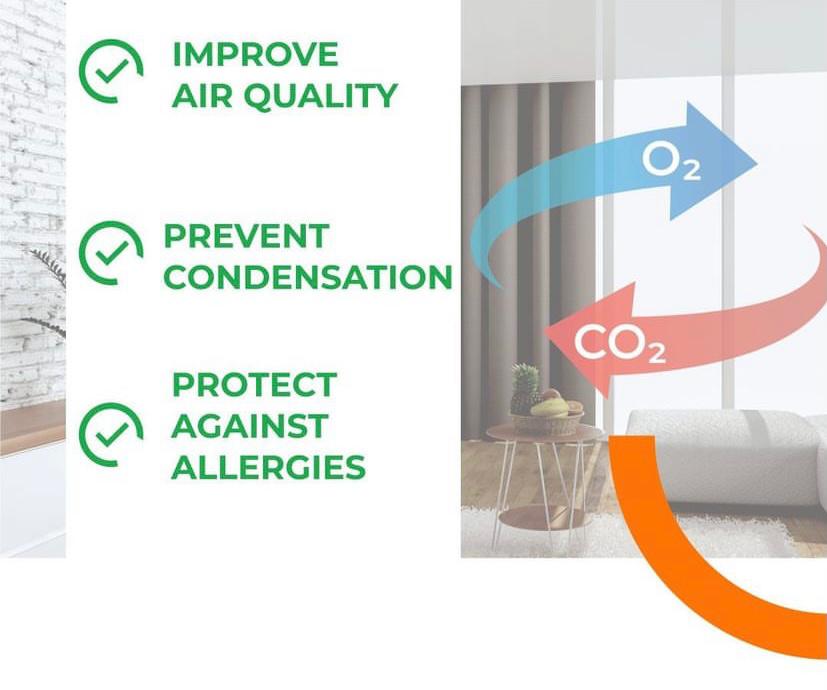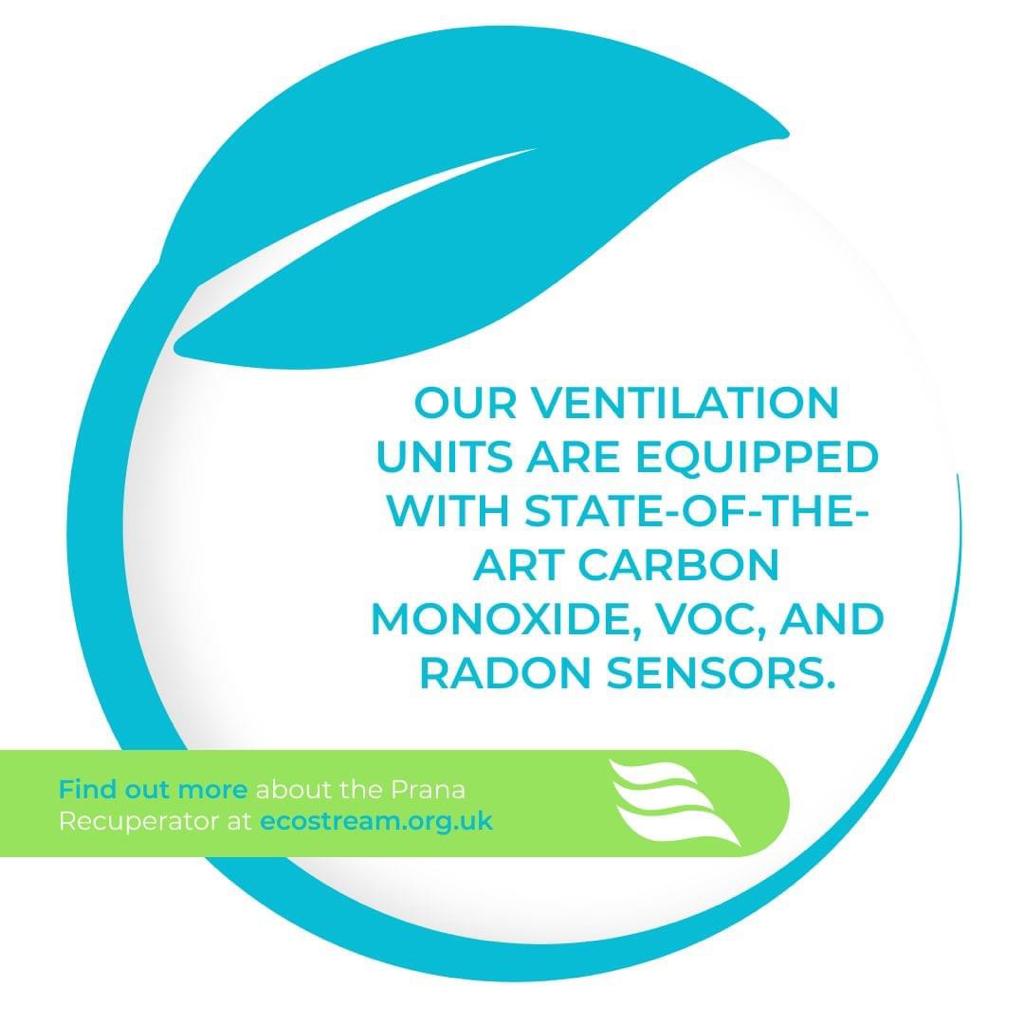Every homeowner is worried once they notice a patch of black mould growing on their walls or ceilings. After all, it makes their home look dirty and unkempt, and it can decrease the supply of good air quality. However, most people don’t realise that mould isn’t just a cosmetic problem.
Mould is a fungus that thrives in dark and humid conditions. It can cause several health problems, such as respiratory infections, skin rashes, headaches, and even memory loss. So, what causes mould to grow in your home? The answer is simple: condensation.
The good news is that there is a way to get rid of mould, starting with understanding the relationship between condensation and mould.
The Relationship Between Moisture and Mould
As mentioned above, mould grows in humid conditions. The mould spores need water to grow, so the more moisture in the air, the more likely mould is to develop.
Mould loves to grow in damp places like bathrooms, kitchens, and laundry rooms. It can also grow in any room that has poor ventilation. This is because the spores can travel through the air and find their way into these damp areas.
Condensation arises when water vapour in the air turns into liquid water. It can happen on windows, walls, and even on your ceiling. When it does, it creates the perfect environment for mould to grow.
The best way to prevent condensation is to reduce the air’s humidity in your home. A few ways to do this include opening windows and doors when you can and adopting a dehumidifier in your home.



















